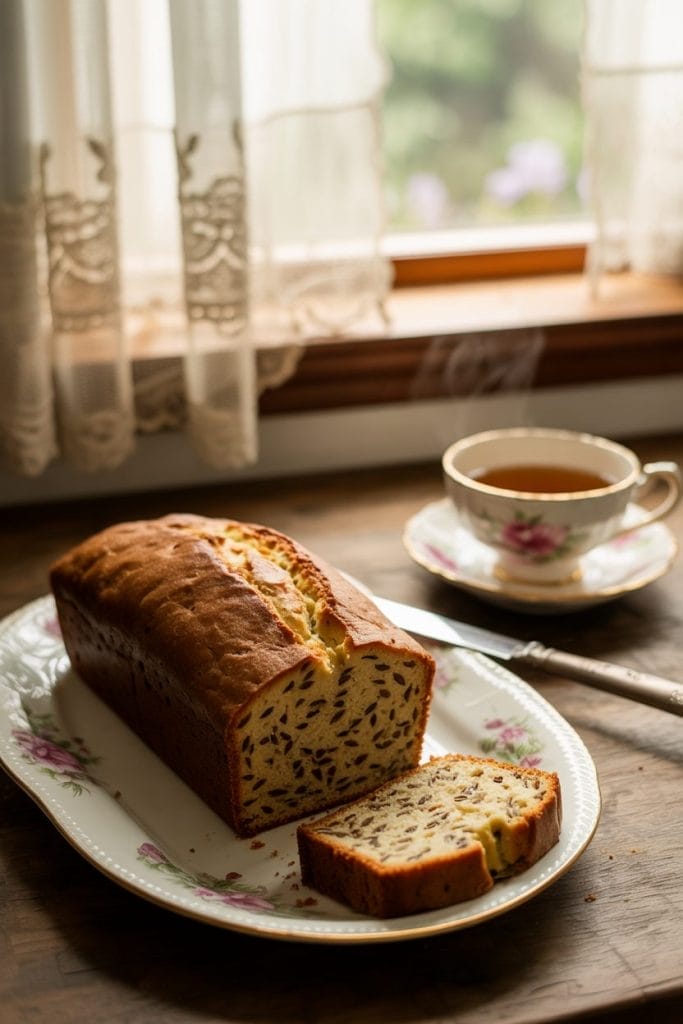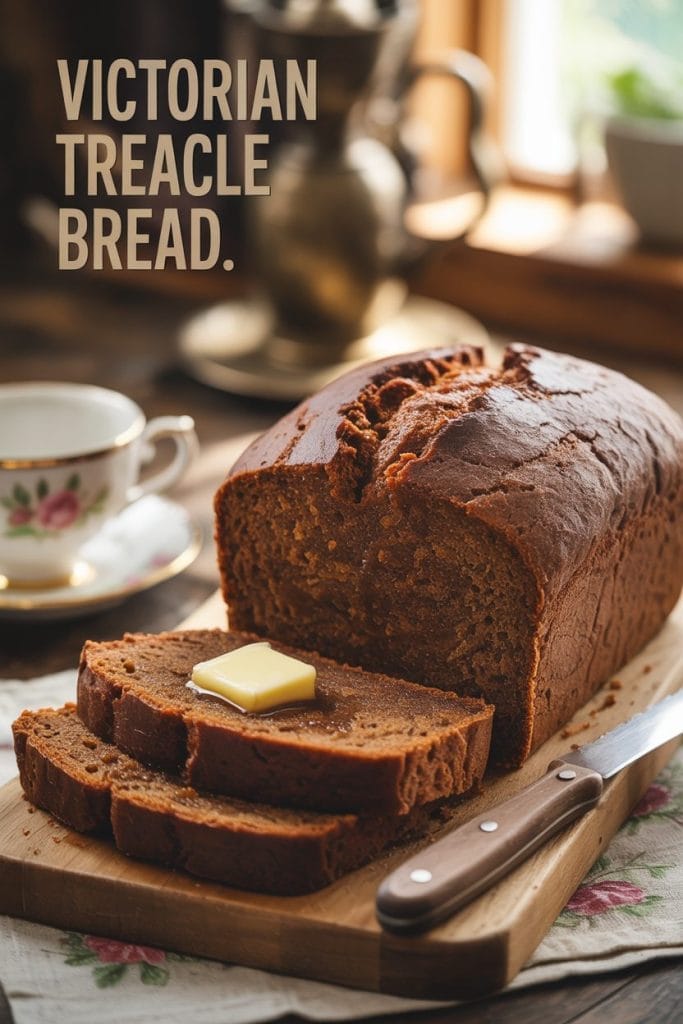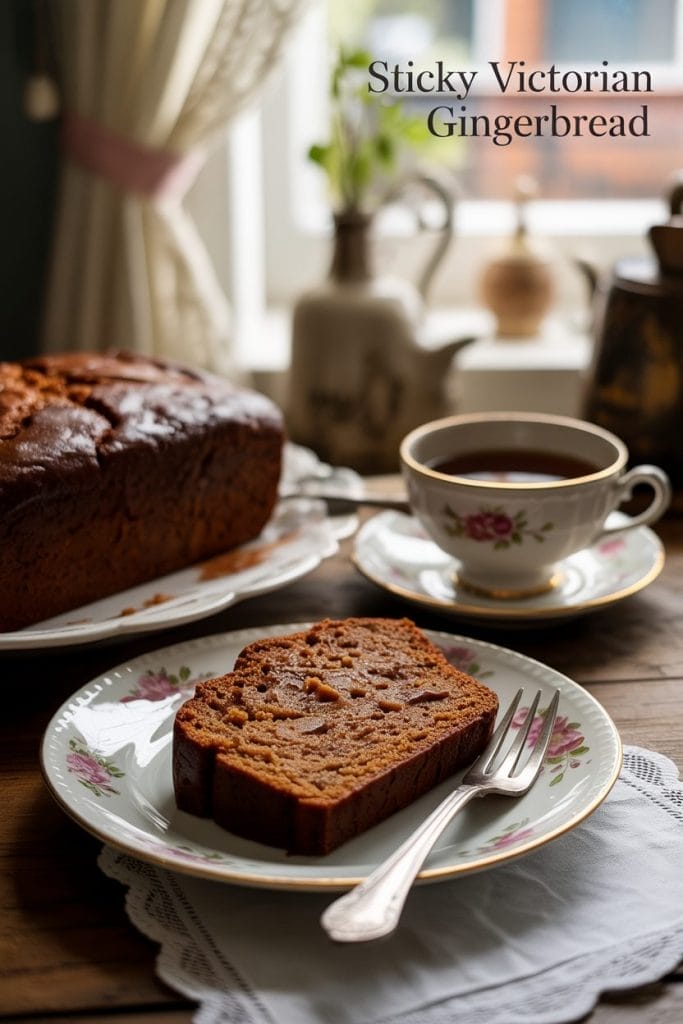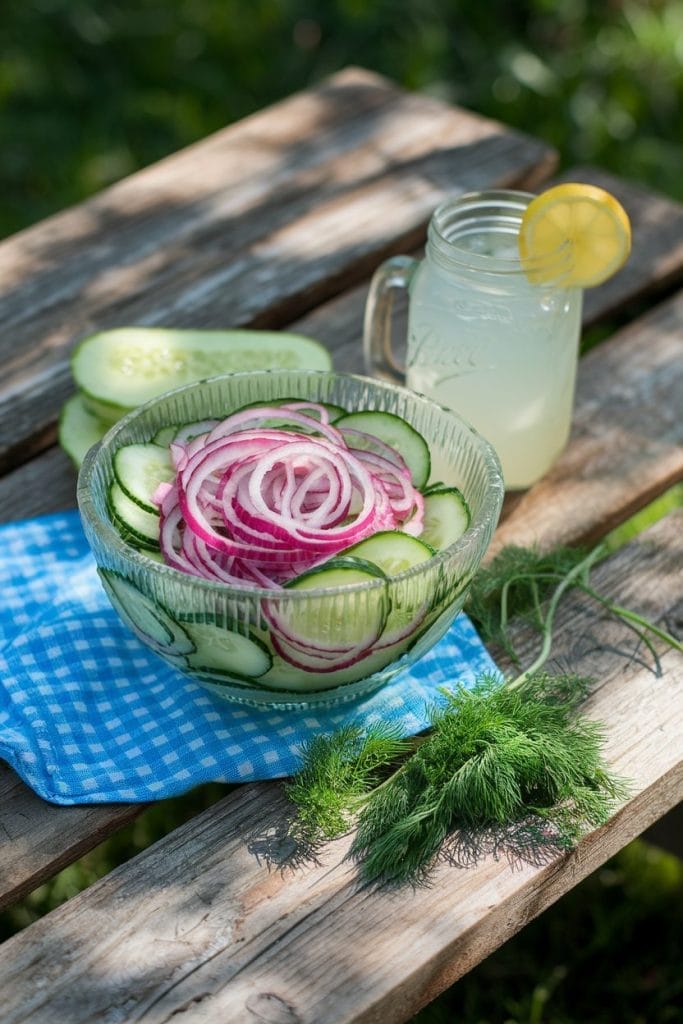I Made These FREE Vintage Recipe Tools JUST For You
This recipe was created with help from AI tools and carefully reviewed by a human. For more on how we use AI on this site, check out our Editorial Policy. Classic Fork earns a small commission from Amazon and other affiliate links at no extra cost to you, helping us keep our content free and honest.
Depression-Era Tricks That Make These 5 Vegan Recipes Taste Better
Time Period:
Meal Type:
When my grandma told me she used to make “meatloaf” without meat, I laughed—until I tasted it. Turns out, the scrappy genius of Depression-era cooks holds the secret to making simple vegan meals insanely flavorful.
These five recipes use those same time-tested tricks, and trust me, you’ll never look at lentils the same way again.

What Would You Cook in Wartime?
Step back in time and discover what you could make with limited wartime rations
Vegan Chili
This recipe has roots in working-class kitchens during the Great Depression, especially across the American Southwest. Chili was cheap to make, easy to stretch, and warming—perfect for hard times.
Meat was expensive, so folks used beans, onions, and tomatoes as a base. Sometimes they added leftover bread or cornmeal dumplings to bulk it up. Seasonings were simple—whatever was available. But cooks learned how to layer flavor by slow-cooking it and using spices smartly.
Communities would sometimes serve chili at public soup lines or church kitchens. It became a symbol of resourceful cooking. Today’s vegan chili continues that tradition by turning humble ingredients into something filling and rich.

Vegan Pancakes
During the Great Depression, eggs and milk were luxuries. Pancakes became a lifeline for families needing to feed many with little. Made with flour, water, baking soda, and maybe a bit of mashed fruit or syrup—these were quick and filling.
Many American households turned to these flapjacks for breakfast or supper. Sometimes they were even fried in leftover bacon grease (which we’ll skip here, obviously). Creative cooks used mashed bananas, applesauce, or vinegar to replace eggs and add moisture.
Modern vegan pancakes borrow these ideas—no eggs, no dairy, just old-school magic. Depression-era housewives knew how to make food feel like a treat, even when money was tight.

Vegan Gravy
Gravy used to be a way to hide the fact that you didn’t have much on the plate. During the Depression, people made “water gravy” with flour, water, and a bit of fat. No meat drippings needed—just a pinch of salt and pepper and a lot of stirring.
This sauce was poured over biscuits, bread, or boiled potatoes to make things stretch. In Southern and Midwestern homes, it was a daily survival trick. Even people with barely any ingredients could whip up a pan of it.
Vegan gravy today owes a lot to this style—thickened with flour or starch, flavored with onion or mushroom broth, and made in one pan. It’s the ultimate comfort hack passed down through struggle.

Carrot Cake
Sugar was rationed, but carrots were cheap and sweet. So bakers grated them into cakes for moisture and flavor. This trick started earlier in World War I but became popular again in the Depression and WWII.
It was mostly seen in the UK and then caught on in the US. The cake was often made in large sheet pans and sliced into squares. Frosting was rare—just powdered sugar or nothing at all.
Modern carrot cake still carries that thrifty spirit. It’s sweet, moist, and feels like a treat—without needing much. Vegan versions just take it back to its roots.

Banana Bread
This one became popular in the 1930s thanks to two things: overripe bananas and baking powder. Bananas were cheaper than ever, and people hated waste. So, instead of tossing brown bananas, they mashed them into quick breads.
It was a huge hit in American kitchens. No yeast needed, and it used up leftovers. Some versions even included beans or applesauce to replace eggs.
It was often served with tea or as a snack, especially in homes trying to give kids something “special” without spending money. Vegan banana bread sticks closely to that no-waste, low-cost magic.

Maggie Hartwell
Hi there, I’m Maggie Hartwell, but you can call me Maggie—the apron-clad foodie behind Classic Fork! I created Classic Fork because I’m convinced food has a way of telling stories that words can’t. So, grab a fork and dig in. The past never tasted so good!






